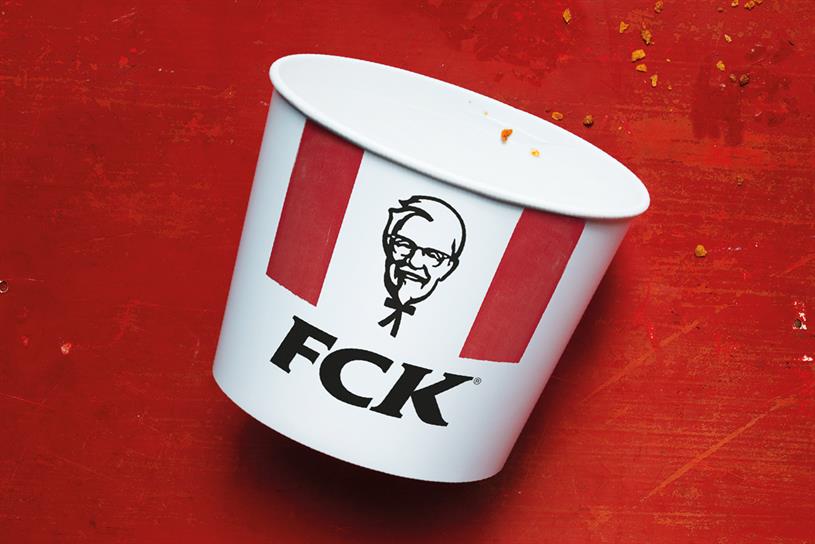Introduction
The digital age has ushered in an era where a single piece of content can catapult a brand into the spotlight overnight. Viral campaigns have become the new yardstick for marketing success, transcending traditional advertising boundaries. But what transforms a simple marketing campaign into a viral phenomenon? This narrative explores the intricate anatomy of viral campaigns, dissecting the elements that have led to some of the most successful and iconic internet sensations.
Understanding the Viral Phenomenon
Viral content is an enigma; it’s spontaneous, unpredictable, yet immensely powerful. At its core, virality is about resonance – a campaign that strikes a chord with the masses can travel across the globe at astonishing speeds. The advent of social media platforms has amplified this potential, offering a fertile ground for creative and strategic content to thrive. Factors like relatability, emotional connection, timing, and participation play pivotal roles. By examining the mechanics of virality, businesses and marketers can gain insights into harnessing this power for their campaigns.
Case Study Analysis
- Dove’s ‘Real Beauty Sketches’ Campaign: This campaign, which highlighted the gap between self-perception and reality in physical appearance, did not just promote a product. It sparked a global conversation about beauty standards and self-esteem. By tapping into deep-seated emotions and societal issues, Dove created a campaign that resonated with millions, going viral across multiple platforms.
- Old Spice’s ‘The Man Your Man Could Smell Like’: This campaign redefined the brand’s image with humor and a series of unexpected twists. The clever scripting, coupled with a charismatic spokesperson, appealed to a broad audience, making the ads themselves a topic of conversation and imitation, catapulting the campaign to viral status.
- ALS Ice Bucket Challenge: Perhaps one of the most iconic viral campaigns of the digital age, the ALS Ice Bucket Challenge combined a social cause with an engaging, participative format. It wasn’t just about celebrities dousing themselves in ice-cold water; it was about raising awareness and funds for ALS. The campaign’s success lay in its simplicity and the global participation it ignited.
- KFC’s ‘FCK’ Apology Campaign: When KFC faced a chicken shortage crisis in the UK, they turned a potential PR disaster into a viral hit with their cleverly rearranged ‘KFC’ to ‘FCK’ on a chicken bucket. The campaign’s humor and humility resonated with customers, turning negative press into a relatable and commendable moment of self-awareness.
- Blendtec’s ‘Will It Blend?’ Series: This series, featuring Blendtec’s founder blending everything from iPhones to marbles, was a masterclass in edgy content. It demonstrated the product’s strength in an entertaining way, ingeniously blending humor with product demonstration.
Key Elements of Viral Campaigns
- Emotional Connection: Campaigns that tap into emotions – whether it’s humor, surprise, empathy, or even sadness – create a deeper connection with the audience.
- Simplicity and Relatability: Viral content often has a simple message that’s easily understood and shared. Relatability increases the likelihood of content being shared across diverse groups.
- Timing and Cultural Relevance: Striking when the cultural iron is hot, or finding that perfect moment, can catapult a campaign into virality. Aligning content with current events, trends, or universal experiences can make it more relevant and shareable.
- Encouraging Participation: Campaigns that encourage user participation, like challenges or interactive content, can spread rapidly as users become part of the narrative.
Challenges and Ethical Considerations
Achieving virality can be fraught with challenges. It requires balancing creativity with brand message and often, a significant amount of risk-taking. Additionally, there’s a fine ethical line in creating content that’s bold but not offensive or misleading. The backlash from a campaign that’s perceived as insensitive can be swift and damaging, highlighting the need for a keen understanding of the audience and current societal norms.
Conclusion
The anatomy of a viral hit is complex, weaving together creativity, strategy, and a deep understanding of the audience. While there’s no foolproof formula for virality, the lessons from successful campaigns are clear: connect emotionally, keep it simple and relatable, time it right, and engage the audience. As digital platforms continue to evolve, so do the opportunities for innovative and impactful marketing. The key lies in not just chasing virality for its own sake, but in crafting messages that resonate, engage, and represent the brand authentically.





